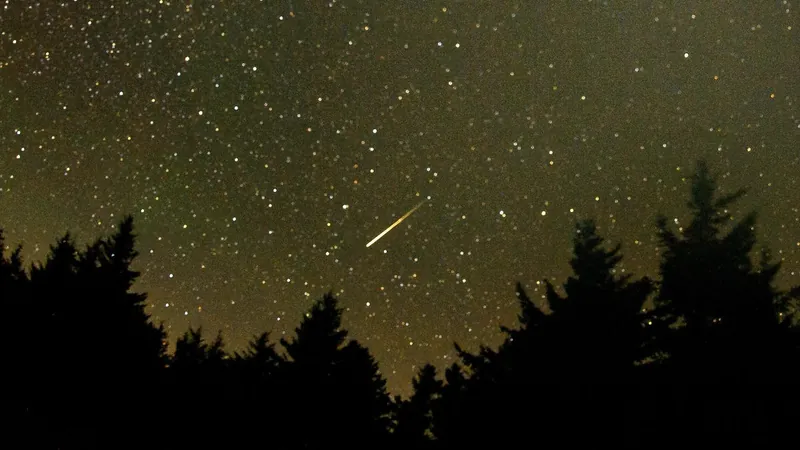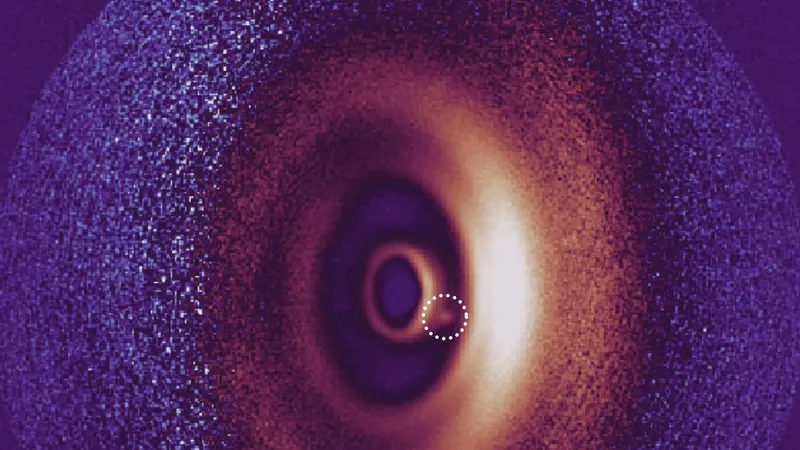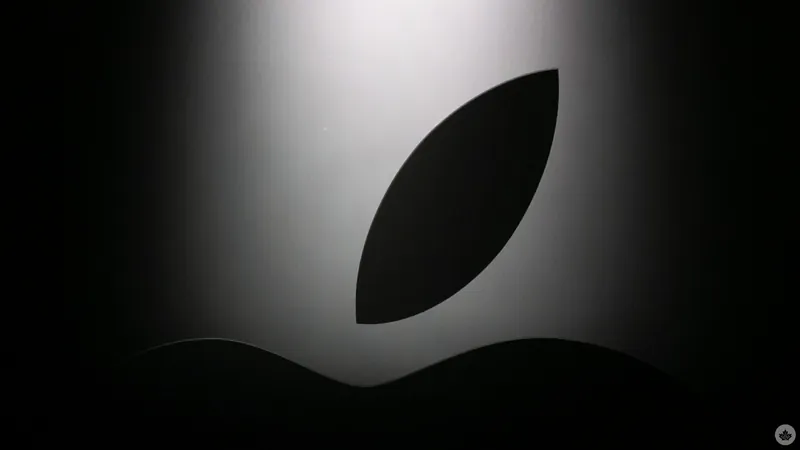
Don’t Miss the Spectacular Perseids Meteor Shower: Get Ready for Bright Fireballs!
2025-07-31
Author: Benjamin
Skywatchers, rejoice! If you thought you missed out on the dazzling meteor displays recently, fear not. The Perseids meteor shower, the star-studded event of the summer, is here to light up the night sky!
Kicking off on July 17 and running through August 23, this annual shower is renowned for its breathtaking fireballs and a swarm of meteors that can dazzle onlookers.
But why are the Perseids so beloved among stargazers? For starters, they unfold during the warm summer months, making it far more enjoyable to head outside compared to winter showers like the Quadrantids. Nobody wants to freeze while hunting for shooting stars!
Moreover, the Perseids are among the most active meteor showers, capable of delivering up to 100 meteors per hour at peak. According to the American Meteor Society, this spectacular display features not just ordinary shooting stars but a plethora of fireballs that illuminate the night with brilliant explosions. NASA states these fireballs can outshine the usual meteors and boast a fascinating array of colors!
The source of this cosmic show is the 109P/Swift-Tuttle comet, which trails dust and debris as it orbits the sun, providing the Earth with its yearly meteor bounty. Although we won’t see the comet again until 2125, we continue to enjoy the remnants each summer.
Best Viewing Tips for the Perseids Meteor Shower
Mark your calendars for the peak nights of August 12 and 13, where you can expect to catch between 25 to an exhilarating 100 meteors per hour! While the Perseids last for several weeks, the best chances for a meteor sighting occur during these peak evenings.
To maximize your experience, escape the city lights—light pollution can significantly diminish your meteor count. Bill Cooke of NASA advises that urban viewers might only spot one or two meteors per hour, a mere tease compared to the astonishment that can be experienced in rural areas.
Once you’ve found your ideal stargazing spot, locate the radiant point—the area in the sky where the meteors appear to emerge. For the Perseids, this is the constellation Perseus, which will rise in the northeast and drift across the eastern sky throughout the night.
So, grab your cozy blankets and snacks, point yourself eastward, and settle in for an unforgettable night under a celestial canvas of shooting stars. Though binoculars might enhance some views, it’s best to leave telescopes aside to enjoy the full sweep of the sky.
Ready to witness nature’s grand performance? Look no further than the Perseids—your ticket to a night filled with wonder!









 Brasil (PT)
Brasil (PT)
 Canada (EN)
Canada (EN)
 Chile (ES)
Chile (ES)
 Česko (CS)
Česko (CS)
 대한민국 (KO)
대한민국 (KO)
 España (ES)
España (ES)
 France (FR)
France (FR)
 Hong Kong (EN)
Hong Kong (EN)
 Italia (IT)
Italia (IT)
 日本 (JA)
日本 (JA)
 Magyarország (HU)
Magyarország (HU)
 Norge (NO)
Norge (NO)
 Polska (PL)
Polska (PL)
 Schweiz (DE)
Schweiz (DE)
 Singapore (EN)
Singapore (EN)
 Sverige (SV)
Sverige (SV)
 Suomi (FI)
Suomi (FI)
 Türkiye (TR)
Türkiye (TR)
 الإمارات العربية المتحدة (AR)
الإمارات العربية المتحدة (AR)